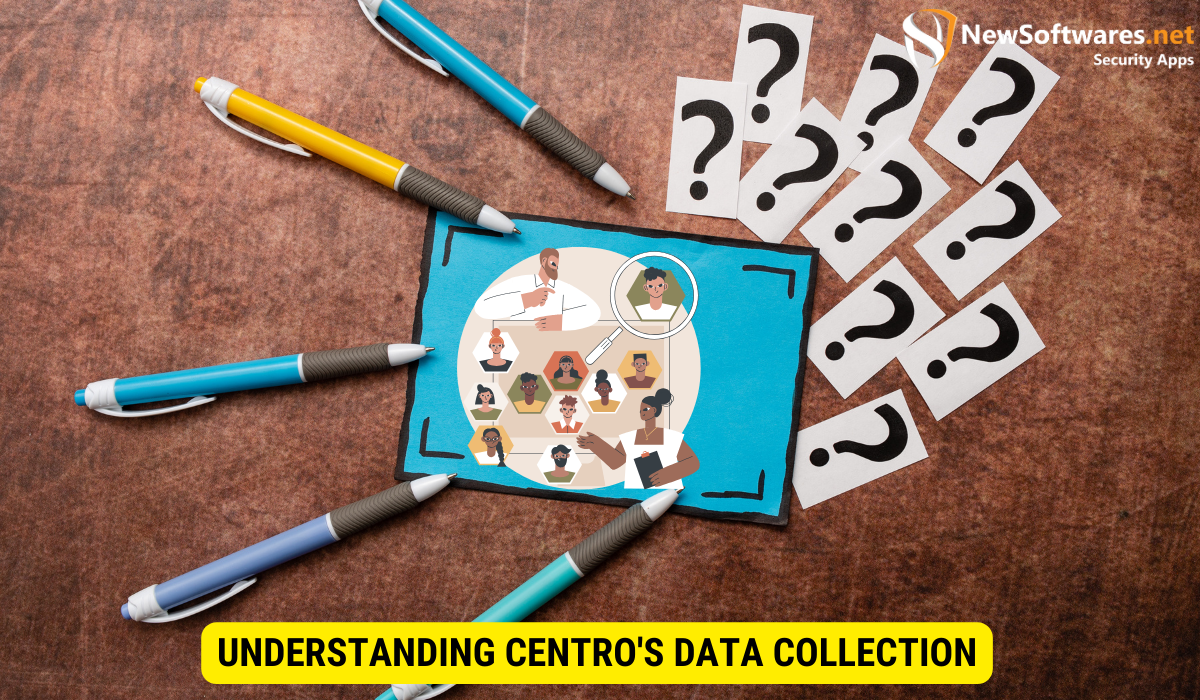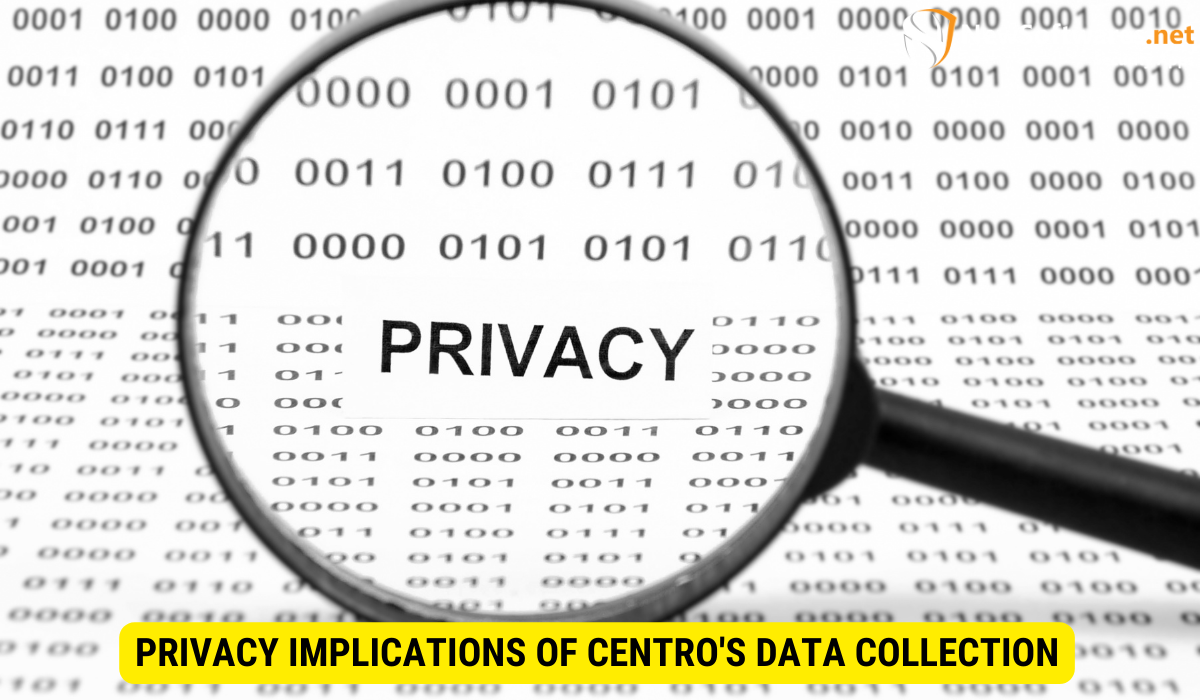Centro collects user data through pixel code technology embedded in websites and ads. This code tracks user interactions, such as page views and clicks, to gather data for advertising purposes, while complying with privacy policies that govern user data protection and consent.
Understanding how data is collected and used is crucial in today’s digital world. Together, we will delve into the details of Centro’s data collection practices, specifically focusing on the role of pixel code and the importance of privacy policy. By the end, you will have a comprehensive understanding of how your data is collected and how Centro protects your privacy.”
Understanding Centro’s Data Collection

Let’s begin by exploring how Centro collects data. At the heart of Centro’s data collection process is the pixel code. This code is embedded on websites and tracks various user interactions, allowing Centro to gather valuable information.
But what exactly does this pixel code do? Well, it acts as a silent observer, recording user activities such as page visits, clicks, and conversions. It provides Centro with insights into user behavior, preferences, and interests. This data is then used to personalize advertisements and deliver more relevant content to users.
Imagine you’re browsing an online clothing store, looking for a new pair of shoes. As you click on different shoe options, the pixel code is quietly collecting data on your preferences. It notes the styles, colors, and brands you’re interested in. This information helps Centro understand your unique tastes and enables them to show you ads for shoes that align with your preferences.
The Role of Pixel Code in Data Collection
The pixel code plays a crucial role in Centro’s data collection efforts. By tracking user interactions, it provides a wealth of information that helps Centro make data-driven decisions. For example, if Centro notices that a particular ad is generating a high number of clicks and conversions, they can allocate more resources towards promoting that ad. On the other hand, if an ad is not performing well, Centro can make adjustments or replace it with a more effective one.
Additionally, the pixel code allows Centro to measure the effectiveness of their advertising campaigns. By analyzing user interactions, they can determine which ads are driving the most engagement and delivering the best results. This valuable feedback loop enables Centro to continuously optimize their advertising strategies and ensure maximum impact.
Centro’s Privacy Policy: An Overview
Centro understands the importance of maintaining user privacy, and as such, has implemented a comprehensive privacy policy. This policy outlines how user data is collected, stored, and utilized. It also ensures that Centro adheres to all relevant data protection regulations and industry best practices.
When it comes to data collection, Centro is committed to transparency and user consent. They clearly communicate their data collection practices to users and provide them with the option to opt out if they prefer not to have their data tracked. This level of control empowers users to make informed decisions about their privacy.
Furthermore, Centro takes data security seriously. They have implemented robust measures to protect user data from unauthorized access, loss, or misuse. This includes encryption, firewalls, and regular security audits. By prioritizing data security, Centro aims to instill confidence in their users and ensure that their information is handled with the utmost care.
In conclusion, Centro’s data collection process revolves around the pixel code, which silently tracks user interactions to gather valuable insights. This data is then used to personalize advertisements and deliver more relevant content to users. Centro’s privacy policy ensures that user data is collected and utilized in a responsible and transparent manner, while also prioritizing data security. By striking a balance between data-driven advertising and user privacy, Centro aims to provide a positive and personalized online experience for all users.
The Mechanics of Centro’s Data Collection
Now that we have a general understanding of Centro’s data collection process, let’s dive deeper into the mechanics of how it works.
Centro’s data collection process is a complex and intricate system that operates seamlessly behind the scenes. It relies on sophisticated technologies and algorithms to track and analyze user activities, providing valuable insights for targeted advertising and personalized experiences.
How Pixel Code Works?
At the heart of Centro’s data collection process lies the pixel code. This code operates discreetly, utilizing cookies to track user activities across the web. When a user visits a website that has the embedded pixel code, a series of events are set into motion.
First, the pixel code sends a request to the server, which then retrieves the pixel image. As the image loads, a multitude of relevant data points are captured and transmitted back to Centro’s servers for further analysis and processing.
These data points include information such as the user’s IP address, browser type, device information, and the specific webpage being visited. Additionally, the pixel code also tracks user interactions, such as clicks, scrolls, and time spent on the page. All of this data is crucial in understanding user behavior and preferences.
Types of Data Collected by Centro
Centro collects a wide range of data to provide a more personalized and tailored experience for its users. This data encompasses various aspects of user engagement and behavior, allowing Centro to deliver targeted advertisements and relevant content.
One of the key types of data collected by Centro is demographic information. This includes details such as age, gender, location, and interests. By understanding the demographic profile of its users, Centro can create targeted campaigns that resonate with specific audience segments.
In addition to demographic information, Centro also collects browsing history data. This includes the websites visited, the pages viewed, and the duration of each visit. By analyzing this data, Centro can gain insights into user interests, preferences, and online habits.
Furthermore, Centro tracks interactions with advertisements. This includes data on ad impressions, clicks, conversions, and engagement metrics. By monitoring these interactions, Centro can optimize ad campaigns and deliver more effective advertising experiences.
It is important to note that all the data collected by Centro is anonymized and aggregated to ensure individual privacy is protected. Centro adheres to strict data protection regulations and industry best practices to safeguard user information.
In conclusion, Centro’s data collection process is a sophisticated and intricate system that relies on pixel code and various data points to track user activities. By collecting demographic information, browsing history, and interactions with advertisements, Centro can provide a more personalized and tailored experience for its users while ensuring their privacy is protected.
Privacy Implications of Centro’s Data Collection

Now, let’s address the privacy implications of Centro’s data collection practices.
When it comes to data collection, privacy is a top concern for many individuals. It’s important to understand how Centro handles and protects user data to ensure that personal information remains secure.
How Centro Protects Your Data?
Centro takes data security seriously. It implements robust security measures to protect user data from unauthorized access, loss, or misuse. These measures include encryption, firewalls, and regular security audits.
Encryption plays a crucial role in safeguarding user data. By converting information into a code that can only be deciphered with a specific key, Centro ensures that even if data is intercepted, it remains unreadable to unauthorized individuals.
In addition to encryption, firewalls act as a barrier between the internal network and the external world, preventing unauthorized access to sensitive data. These firewalls are regularly updated and configured to keep up with emerging threats and vulnerabilities.
Furthermore, Centro conducts regular security audits to identify any potential vulnerabilities or weaknesses in its systems. By proactively assessing its security measures, Centro can address any issues promptly and ensure that user data remains protected.
Centro also follows strict internal policies and procedures to ensure data protection at all stages of the data lifecycle. From data collection to storage and eventual disposal, Centro adheres to industry best practices and legal requirements to maintain the privacy and confidentiality of user information.
Your Rights and Choices Regarding Data Collection
While Centro collects user data, it also respects user rights and choices. Users have the right to control their personal data and can opt-out of certain data collection activities.
Transparency is key when it comes to data collection, and Centro understands the importance of providing users with clear information about what data is being collected and how it is being used. By being transparent, Centro enables users to make informed decisions about their privacy.
To empower users, Centro provides options for them to manage their privacy settings. Through a user-friendly interface, individuals can customize their data sharing preferences, deciding which types of data they are comfortable sharing and with whom.
Additionally, Centro ensures that users have the ability to easily opt-out of certain data collection activities. By giving users control over their data, Centro respects their privacy choices and aims to build trust with its user base.
It’s important to note that Centro’s commitment to privacy extends beyond legal requirements. While complying with applicable laws and regulations, Centro strives to go above and beyond to protect user data and privacy.
In conclusion, Centro’s data collection practices prioritize user privacy and data security. By implementing robust security measures, respecting user rights and choices, and maintaining transparency, Centro aims to create a safe and trustworthy environment for its users.
Frequently Asked Questions about Centro’s Data Collection
Q: Is my personal information shared with third parties?
A: Centro strictly limits the sharing of personal information with third parties and only does so with user consent or as required by law.
Q: Can I access and delete my data collected by Centro?
A: Yes, Centro provides users with the ability to access and delete their data. Users can submit data access or deletion requests through Centro’s dedicated data privacy portal.
Q: How to Contact Centro for More Information?
Should you have further questions or require more information about Centro’s data collection practices, feel free to reach out to Centro’s customer support team. They are available to assist you and provide the necessary guidance.
Key Takeaways
- Centro collects data through pixel code embedded on websites, tracking user interactions and preferences.
- Centro’s privacy policy ensures the protection of user data and compliance with data protection regulations.
- Data collected includes demographic information, browsing history, and interactions with advertisements.
- Centro employs strong security measures to safeguard user data and respects users’ rights to control their personal information.
- Users can access and delete their data, and Centro provides customer support for queries and concerns.
Conclusion
In conclusion, Centro’s data collection practices revolve around pixel code, which allows them to analyze user behavior and deliver more personalized experiences. However, Centro prioritizes user privacy and implements measures to protect and respect user data. By understanding how Centro collects data and your rights, you can feel confident in utilizing their services while maintaining control over your personal information.
